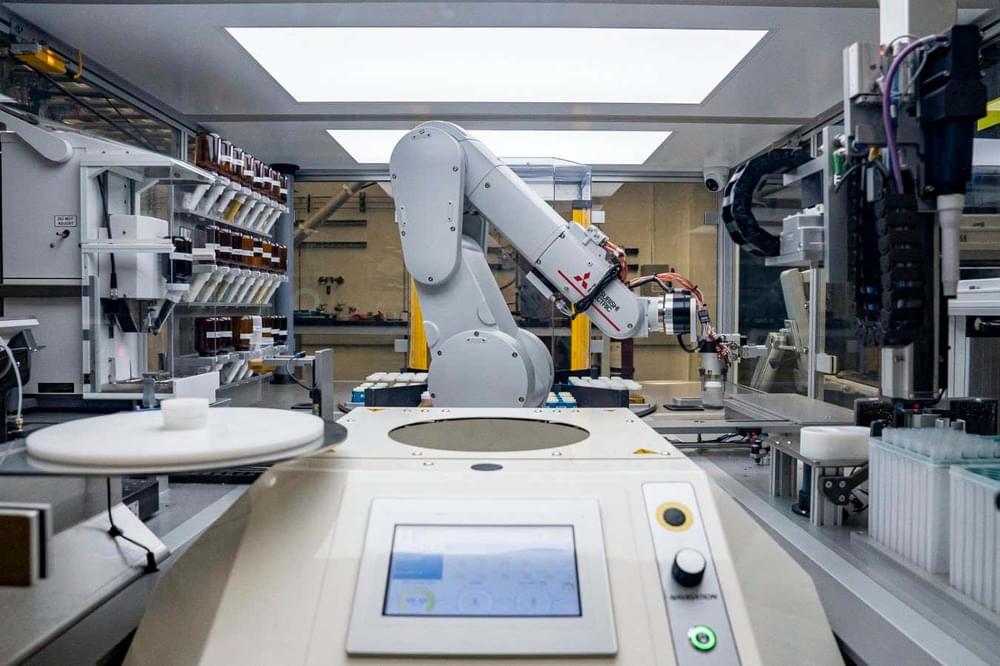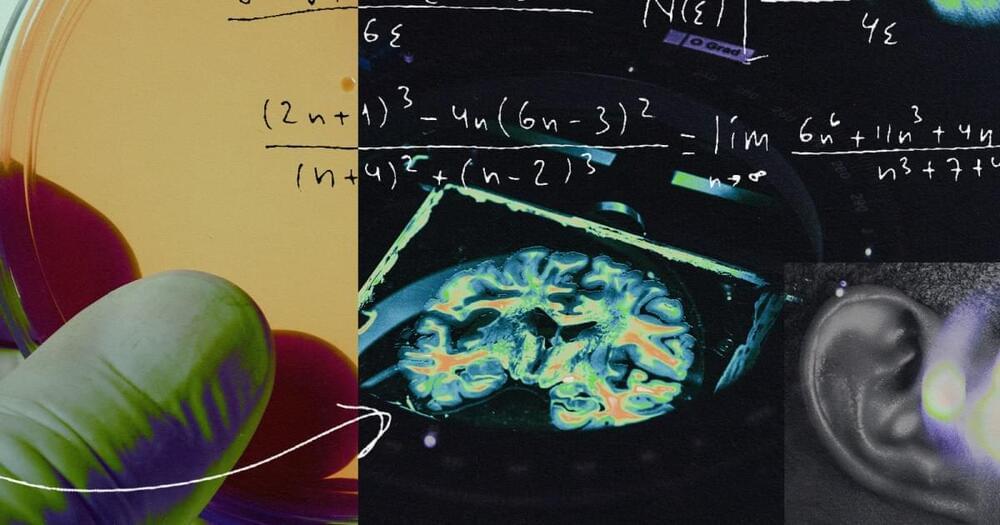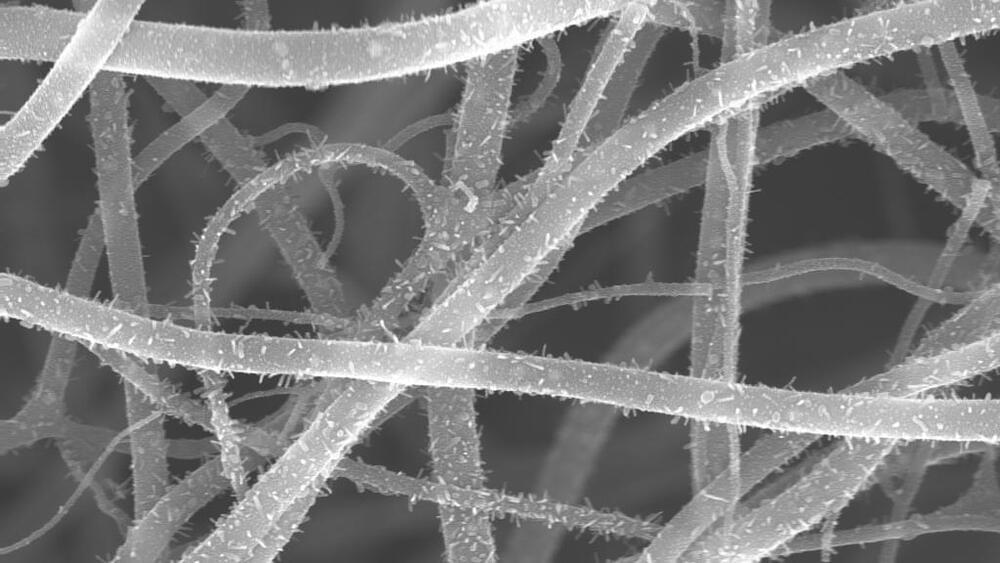Qualcomm extends its presence in AI inference processing, began with its Cloud AI 100 series accelerators, with the launch of its new Qualcomm Cloud AI 100 Ultra.
While Qualcomm’s Cloud AI 100 accelerator family has long been available from several tier-one technology providers such as Lenovo, Hewlett Packard Enterprise (HPE), Inventec, Foxconn, Gigabyte, and Asus, it’s starting to see deployment in the public cloud.
Amazon Web Services (AWS) recently introduced its first Qualcomm-based accelerated instance type, the DL2q, featuring the Qualcomm Cloud AI 100. While the new instance type can be used for general inference applications, the companies highlight the accelerator’s specific applicability in developing automotive ADAS and related applications – an area in which Qualcomm is rapidly expanding its presence.





